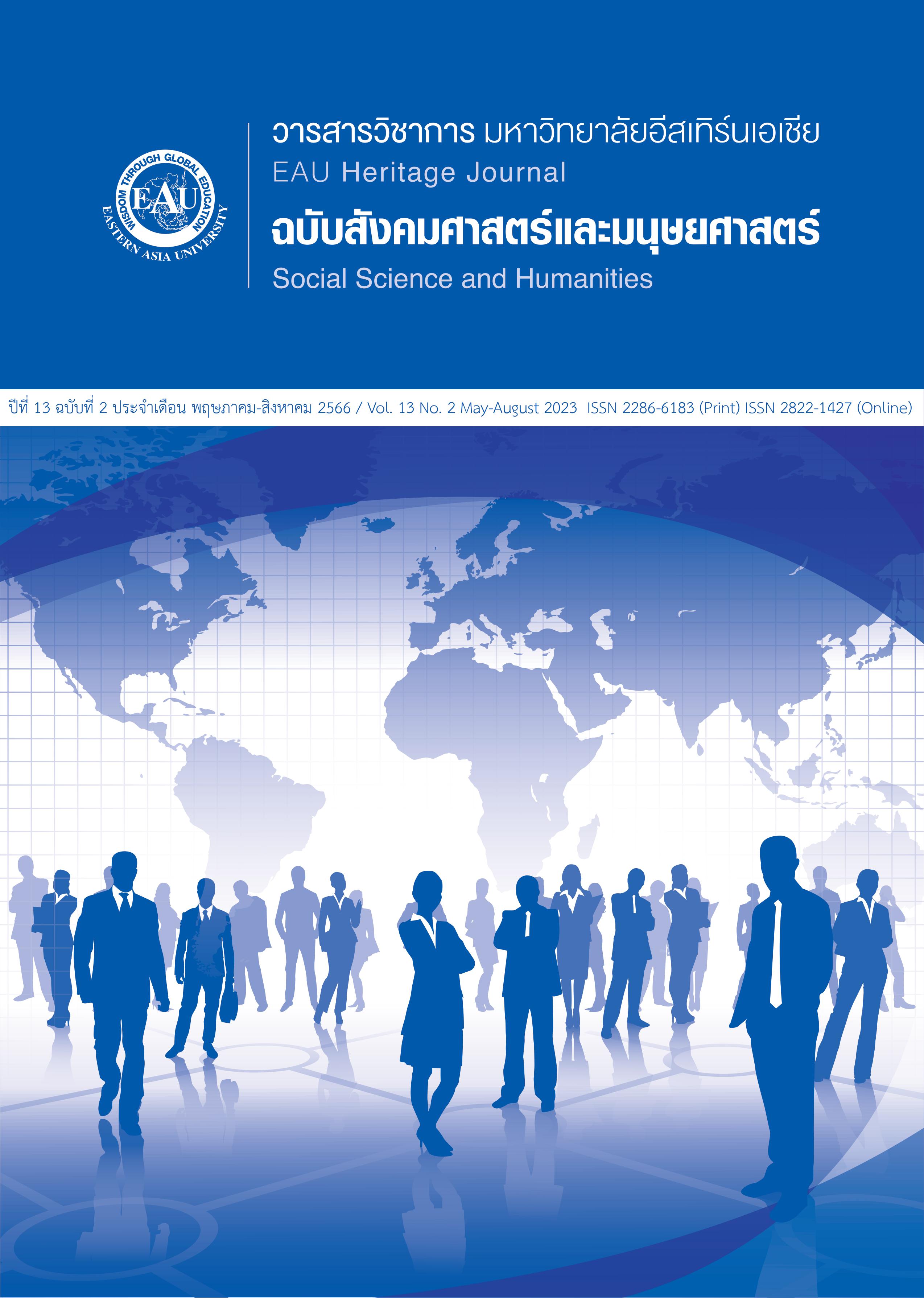พฤติกรรมและผลการปฏิบัติงานของอาจารย์พยาบาลเครือข่ายภาคกลาง 2 สถาบันพระบรมราชชนก ในสถานการณ์การแพร่ระบาดของโรคติดเชื้อไวรัสโคโรนา 2019
คำสำคัญ:
พฤติกรรมการปฏิบัติงาน, การแพร่ระบาดของโรคติดเชื้อไวรัสโคโรนา 2019บทคัดย่อ
การวิจัยครั้งนี้เป็นการวิจัยเชิงพรรณนา มีวัตถุประสงค์เพื่อศึกษา (1) พฤติกรรมและผลการปฏิบัติงานของอาจารย์พยาบาลในวิทยาลัยพยาบาลเครือข่ายภาคกลาง 2 สถาบันพระบรมราชชนกในสถานการณ์การแพร่ระบาดของโรคติดเชื้อไวรัสโคโรนา 2019 และ (2) แนวทางการปฏิบัติงานในกรณีที่มีเหตุการณ์ที่ทำให้อาจารย์พยาบาลไม่สามารถปฏิบัติงานในวิทยาลัยพยาบาลได้ตามปกติ กลุ่มตัวอย่างประกอบด้วยอาจารย์ของวิทยาลัยพยาบาลเครือข่ายภาคกลาง 2 สังกัดสถาบันพระบรมราชชนก จำนวน 164 คน และมีการศึกษาโดยการสนทนากลุ่ม และมีกลุ่มตัวอย่างจำนวน 14 คน เครื่องมือที่ใช้ในการวิจัยคือแบบสอบถามพฤติกรรมและการปฏิบัติงาน และแบบสัมภาษณ์กึ่งโครงสร้าง ค่าความเชื่อมั่นโดยใช้ค่าสัมประสิทธิ์แอลฟาครอนบาคเท่ากับ .85 สถิติที่ใช้ในการวิเคราะห์ข้อมูลได้แก่ ร้อยละ ค่าเฉลี่ย ส่วนเบี่ยงเบนมาตรฐาน ข้อมูลเชิงคุณภาพวิเคราะห์ โดยการวิเคราะห์เนื้อหา ผลการวิจัยพบว่า กลุ่มตัวอย่างอาจารย์ มีพฤติกรรมการปฏิบัติงานโดยรวมอยู่ในระดับมาก และเมื่อพิจารณาเป็นรายข้อ พบว่า กลุ่มตัวอย่างมีพฤติกรรม เว้นระยะห่างทางสังคม (social distancing) และเข้าร่วมประชุมเกี่ยวกับงานที่เกี่ยวข้องทางออนไลน์มากที่สุด ด้านผลการปฏิบัติงานโดยรวมอยู่ในระดับมาก โดยพบว่าข้อที่มีผลการปฏิบัติงานระดับมากที่สุดคืออาจารย์ปฏิบัติงานได้ถูกต้องตามมาตรฐานและปฏิบัติได้ตามเป้าหมายที่ส่งผลสำเร็จต่อวิทยาลัยฯ ข้อเสนอแนะจากการวิจัยนี้ ควรนำผลจากงานวิจัยไปใช้ในสถานการณ์ปกติเพื่อเปรียบเทียบผลลัพธ์ของงานระหว่างผู้ปฏิบัติงานที่บ้านและปฏิบัติงานตามปกติ
เอกสารอ้างอิง
Baruch, B. D. (1968). New ways in discipline. New York: McGraw – Hill.
Beach, S. (1975). Personnel: The management of people at work (3rd ed.). New York: Macmillan.
Bureau of Epidemiology, Department of Disease Control, Ministry of Public Health. (2023). Weekly epidemiological surveillance report. Retrieved from http://www.ppho.go.th/webppho/dl_strat/F20171229090409.%E0%B9%82%E0%B8%A3%E0%B8%A1. (in Thai)
Best, J. W. (1997). Research in education (3rd ed.). Englewood Cliffs, New Jersey: Prentice Hall, Inc.
Chaleoykitti, S., Artsanthia, J., & Daodee, M. (2020). The effect of COVID-19 disease: Teaching and learning in nursing. Journal of health and nursing research, 36(2), 255-262. (in Thai)
Chalinee, T. (2020). Factors influencing employees' use of telework a case study of a private
company in Bangkok. looking at 'work from home' through research. Retrieved from
https://www.thetsis.com/post/work-from-home
Cronbach, L. J. (1951). Coefficient alpha and the internal structure of tests. Psychometrika, 16(3), 297–334.
Desilver, D. (2020). Before the coronavirus, telework was an optional benefit, mostly for the affluent few. Retrieved from
Goldman, L. (2020). What are the rules of social distancing?. Retrieved from https://www.vox.com/2020/3/15/21179296/coronavirus-covid-19-social-distancing-bored-pandemic-quarantine-ethics
Graneheim, U. H., & Lundman, B. (2004). Qualitative content analysis in nursing research:
Concepts, procedures and measures to achieve trustworthiness. Nurse education today, 24(2), 105-112. http://dx.doi.org/ 10.1016/j.nedt.2003.10.001
Graneheim, U. H., Lindgren, B. M., & Lundman, B. (2017). Methodological challenges in
qualitative content analysis: A discussion paper. Nurse education today, 56, 29-34. http://dx.doi:10.1016/j.nedt.2017.06.002
Guan, W., Ni, Z., Hu, Y., Liang, W., Ou, C., He, J., & Zhong, N. (2020). Clinical characteristics of coronavirus disease 2019 in China. The new England journal of medicine, 1-13. http://dx.doi: 10.1056/NEJMoa2002032
Jaricksakulchai, J., Sillaparassamee, R., Ravinit, P., Maneewan, N., Noicharoen, R., & Jaima, S. (2022). Factor related to the behavior of using thao herbs during the COVID-19 situation, Khlong Luang District Pathum Thani Province. EAU heritage journal science and technology, 16(2), 135–151. (in Thai)
Latif, M. I., & Dilshad, R. M. (2013). Focus group interview as a tool for qualitative research: An analysis. Pakistan journal of social sciences (PJSS), 3(1), 191-198.
Locke, E. A., & Latham, G. P. (2006). New directions in goal-setting theory. Current directions in psychological science, 15(5), 265–268.
Locke, E. A., & Latham, G. P. (2013). New developments in goal setting and task performance. New York: Routledge.
Laosirithawon, Y. (2019). Nectec ace. Retrieved from https://www.nectec.or.th/news/news-pr-news/nectec-ace-online1.html
Manatnan, S., & Pichit, P. (n.d.) Working remotely and at home bundhitpattana institute
management science. Retrieved from: https://so02.tci- thaijo.org/index.php/
JEM/article/view/29085
Millet, J. D. (1954). Management in the public service. New york: Mc Graw Hill Book,. Company.
Office of the National Security Council. (2023). National crisis. Retrieved from https://www.nsc.go.th
Pearce, J. A. (2009). Successful corporate telecommuting with technology considerations for late adopters. Organizational dynamics, 38(1), 16-25. doi: 10.1016/j.orgdyn.2008.10.002
Ryan, T. A., & Smith, P. C. (1954). Principle of industrial psychology. New York: The Mcnanla Press Company.
Rueangsawat, S., & Phuaksawat, P. (2022). Teaching and learning management during the COVID-19 outbreak among nursing colleges of the praboromarajchanok Institute. Journal of health research and innovation, 4(2),101-114.
Saengai, A., Junsukon, E., Srijaroen, W., & Lamchom, L. (2021). Effectiveness of empowerment program using the application of social media communication to change COVID-19 prevention behaviors of employees at Pibulsongkram Rajabhat University. EAU heritage journal science and technology, 15(2), 181–191. (in Thai)
Simon, H. A. (1960). Administrative behavior. New York: The McMillen Company.
Sodkomkam, N., & Hirunkhro, B. (2022). A model management during epidemic of Coronavirus 2019 (COVID-19) in community level among Samut Songkhram Province. Eau heritage journal, science and technology, 16(3),149-162.
Vilhelmson, B., & Thulin, E. (2016). Who and where are the flexible workers? exploring the current diffusion of telework in sweden. New technology work and employment, 31(1), 77-96. https://doi.org/10.1111/ntwe.12060
Vroom, V. H. (1964). Work and motivation. New York: John Wiley & Sons
White, D. D. (1989). Organization Behavior. New York: Jimone & Schaster.
World Health Organization. (2020). Coronavirus disease (COVID-19) pandemic. Retrieved from
https://www.who.int/emergencies/diseases/novel-coronavirus-2019
Worldometer. (2020). COVID-19 Coronavirus pandemic. Retrieved from: https://www.worldometers.info/coronavirus/
Yamane, T. (1967). Statistics: An introductory analysis. (2nd ed.). New York: Harper and Row.





